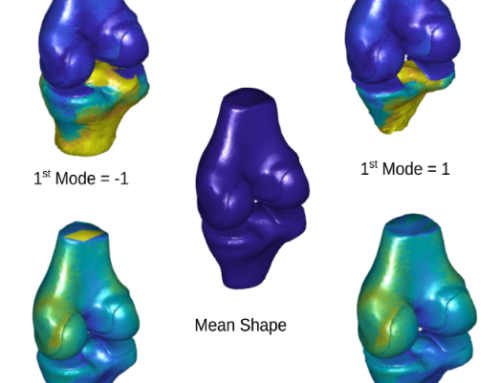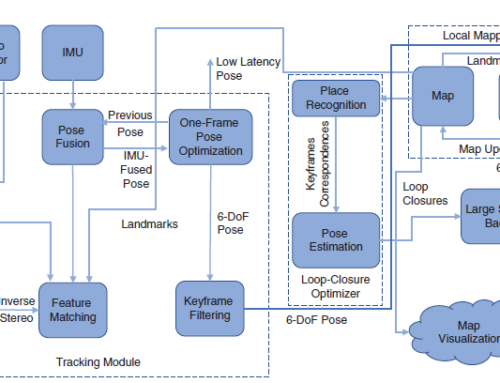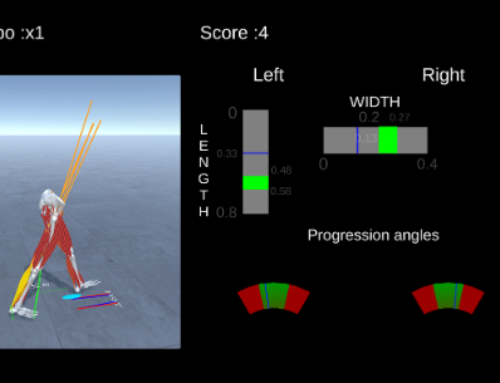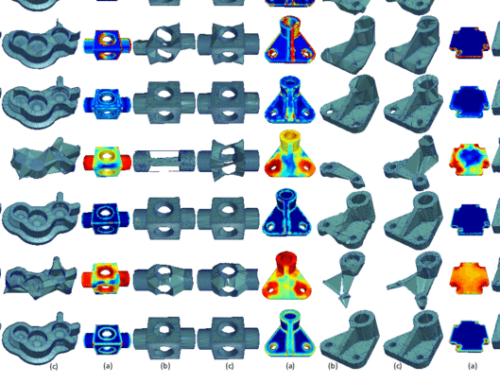In this article, we propose a force-field haptic rendering method that resembles the distance field method. Our method generates a 3D force field from visual data using structure from motion techniques and superquadric approximation of the range images. While the user is navigating in the synthesized virtual environment, the force value that corresponds to the user’s current position is displayed through the haptic device. Our primary aim with force-field haptic rendering is to provide a novel and efficient algorithm to quickly convert 3D maps-which schools for the visually impaired use to teach students how to navigate buildings and streets-into force fields. Accordingly, teachers or other experts use digitized video of the 3D maps and readily convert them into 3D models. Blind users can then navigate the interactive map by using off-the-shelf haptic devices.
K. Moustakas, G. Nikolakis, K. Kostopoulos, D. Tzovaras and M.G. Strintzis, “The Force Field Haptic Rendering Method: Application in Haptic Access to Visual Data for the Training of the Visually Impaired”, IEEE Multimedia Magazine, vol. 14, no. 1, pp. 62-72, January 2007.





